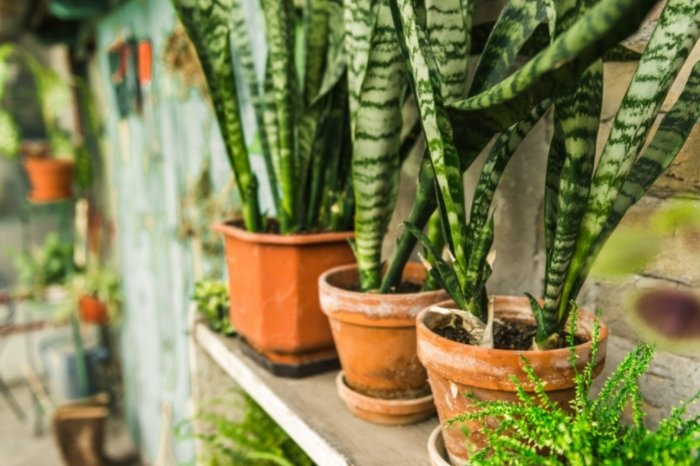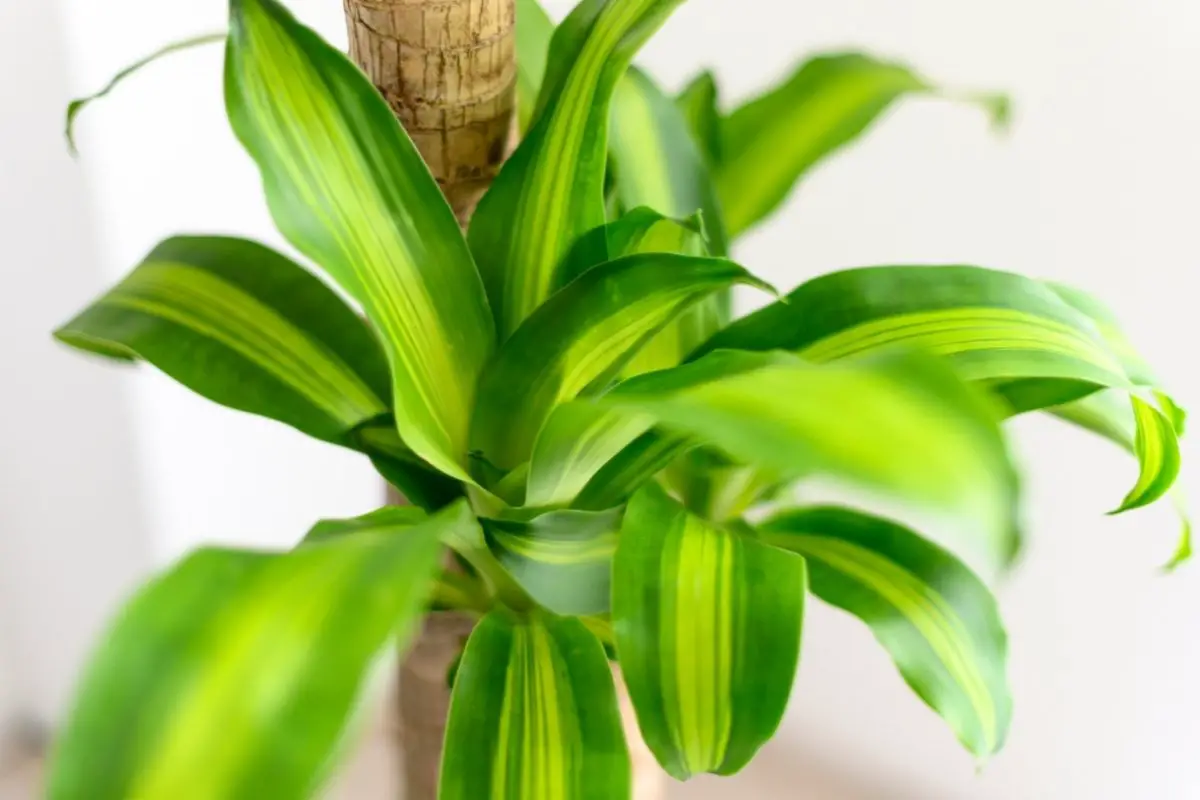Last Updated on July 31, 2022 by Griselda M.
The official Snake Plant in the popular press is Dracaena trifasciata (formerly Sansevieria trifasciata). Luckily, with the Sanseveria genus being moved into the Dracaena genus, we now actually have about 120 plant species that are some or other sort of relative of the Snake Plant and bear a lesser or greater resemblance! Let’s take a peek at this fascinating, easy-to-cultivate genus of plants.
In this article, we will be looking at the snake plant and its close relatives. We will start with the basic plant characteristics and then move on to the different species of Dracaena (formerly Sansevieria and relatives) and their characteristics. It should be noted, that, taxonomists in their inevitable wisdom have now lumped the old Sanseveria genus into the Dracaena genus -this means that we cannot talk about the entire genus as that is 120 or more species of plants – suffice it to say, this article is really about the Sanseveria cluster of plants that have been moved to the Dracaena genus.
Dracaena (Sanseveria) Characteristics
The old Sansevieria genus is an amazing group of plants. They have many different types of leaves. Some are simple, some are compound, some are heart-shaped, some are diamond-shaped, some are lobed, some are triangular and some are round.
All of the different shapes are used for different reasons. Some are more effective as houseplants than others. Others are used as cut flowers while others are grown as ornamentals. Some are just beautiful and interesting to look at. And, finally, others are medicinal.

Click Here to Get Info About:
Dracaena (Old Sansevieria) Basic Groups – Similar To Snake Plant
The Sansevieria can be divided into three basic groups based on their leaf shapes.
The first group is the simple leafed plants
The simple leafed plants are the most common. They can be found growing in almost every part of the world. They are the most widely used as a houseplant. They are also commonly used as ornamental.
The second group is the compound leafed plants
The compound leafed plants have the most interesting leaf shapes such as the common Dracaena marginata plant. The compound leafed plants are also some of the most beautiful plants in the world.
And the third group is the hart leafed plants
The heart-leafed plants are some of the most exotic plants in the world. They include the Dracaena trifasciata. (common snake plant)
Plants Similar To Snake Plant
There are many other species of Dracaena that were formerly Sanseveria, that look very similar to the common snake plant. Explore these – it is quite exciting to get into species names, and start collecting things based on their real names rather than “snake plant” which could be one of about twenty different things that a clueless nursery will sell you.
In addition to the Sansevieria, there are also a few other plants that are in the same group. The fake aloes are in fact a Dracaena species. I have a few of these growing around my garden. A friend has some in pots and moves them in and out of his bathroom on a two-week cycle. There is almost no light in his bathroom, but he has worked out that they can survive this. He has been doing this for ten years and the plants are fine.
Growing Sansevierias – Similar To Snake Plant
Sansevierias (now Dracaena) come in many different shapes and sizes. They can be grown indoors or outdoors. These are the easiest plants to grow indoors. To successfully grow them. provide them with the following conditions
Indoors. Sansevierias need only a tiny amount of light when growing indoors, but if they get too much light, they will grow tall and thin, which is not as desirable. Supplemental LED lighting can help reduce this effect.
Outdoors: Sansevierias need a lot of sunlight. They like bright sunlight. They don’t want to get too hot or cold. They can do well in areas that are sunny, but may not do well in areas where it is very hot or very cold. The best time to plant them is during the spring and fall.
If you plant them outdoors but live in an area that gets long periods of below-freezing weather it is advisable to bring the plants indoors for winter.
Water. Sansevierias don’t need a lot of water, but they do need regular watering. Keep them watered. They also need to be fertilized once a month. The fertilizer should be a balanced fertilizer.
Soil. Sansevierias like loamy soil, but they don’t like to get too wet. They will do best if the soil is kept moist. If the soil is dry, it can make the leaves brittle. If the soil is too wet, the plants may get sick or die.
Fertilizer. To keep your sansevierias healthy and growing well, you need to fertilize them every month. A balanced fertilizer is best. You can use the same fertilizer you use for your houseplants.
In Summary – Similar To Snake Plant
As we have seen the common snake plant has many cousins! Explore these and add beauty, magic, and mystery to your garden and house.
FAQ’s
How many different types of snake plants are there?
The Dracaena(this should be italicised but the software does not allow it - my apologies) genus contains about 120 species of plants. Snake plants are in this genus.
Is there another name for snake plant?
Dracaena trifasciata (formerly Sansevieria trifasciata). Species names should be italicised but this is not possible here. My apologies.
Are there plants that look like snake plants?
Many relatives of Dracaena (Sansevieria) trifasciata look similar.
What are the characteristics of a snake plant?
The leaves of the snake plant are usually thin and waxy-textured. The plants have large rhizomes and are really really tough.
Caroline is a gardener who loves to get down to the nitty–gritty of gardening. She proudly proclaims herself as a ‘dirt worshipper‘ and can often be found deep in the garden, covered in soil and singing to her plants. As a self–proclaimed ‘plant whisperer‘, Caroline believes that plants need love and attention just like any other living thing, and she loves to give them both. When she‘s not tending to her garden, you can often find her researching the latest gardening trends, or teaching others how to make their gardens thrive



